How To Make And Preserve Pork Lard And Lard Cracklings
Views: 26
People across many countries and cultures have used lard for centuries as their preferred cooking fat. However, in the latter half of the 20th century, lard lost its popularity. Fortunately, in recent years, there has been a renewed interest in using lard. Nowadays, many people are exploring ways to make lard from pork fat at home. Although there are numerous methods and online recipes for rendering pork lard, achieving odorless, high-smoke-point lard demands a very specific method. This method may sacrifice some yield, but it ensures that the rendered lard reaches the highest possible quality. Those who are mindful of savings can repurpose into lard cracklings all leftover fat from the first batch of strained lard. Not only do lard cracklings taste good, but they also have multitude of culinary applications.

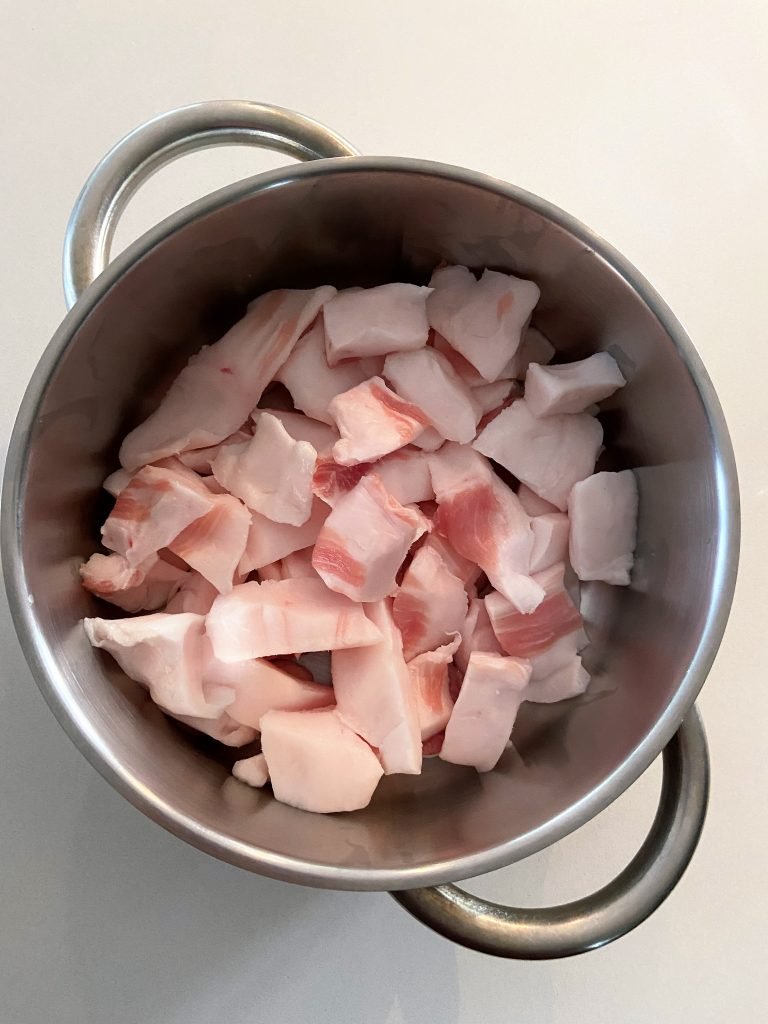

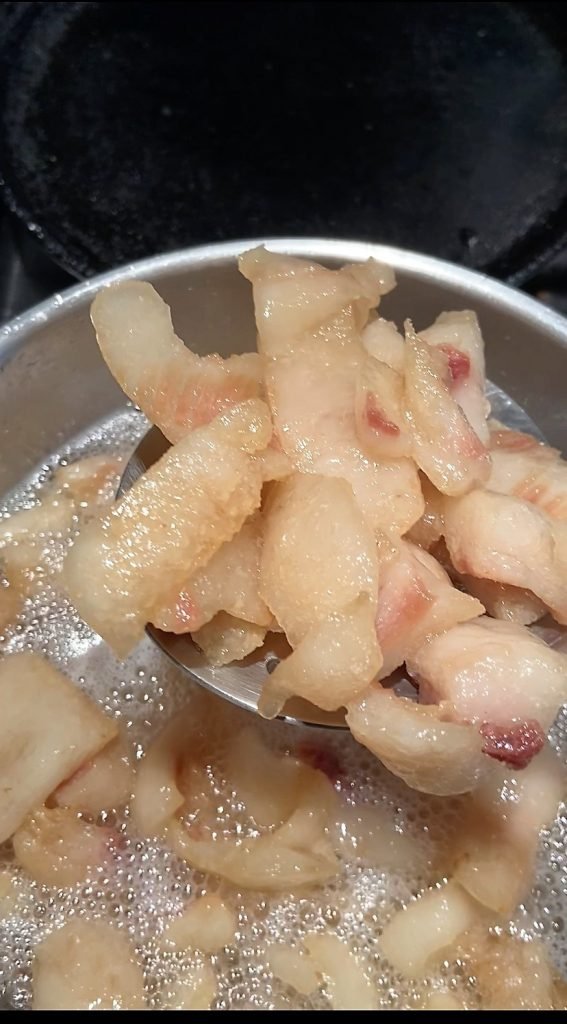
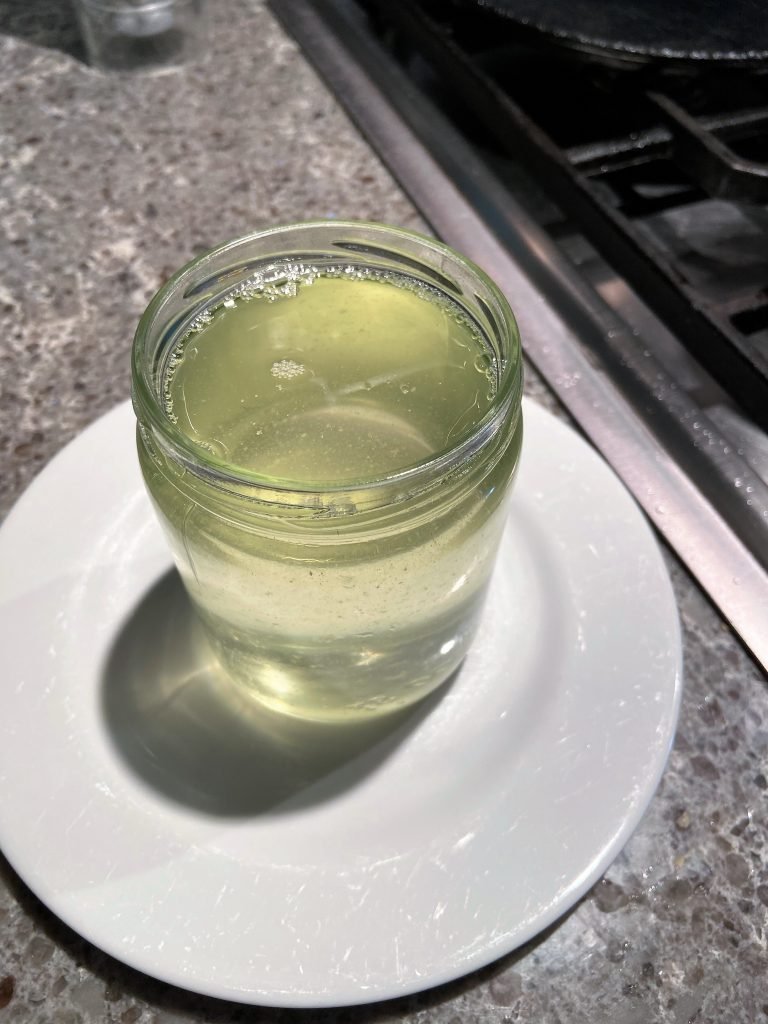

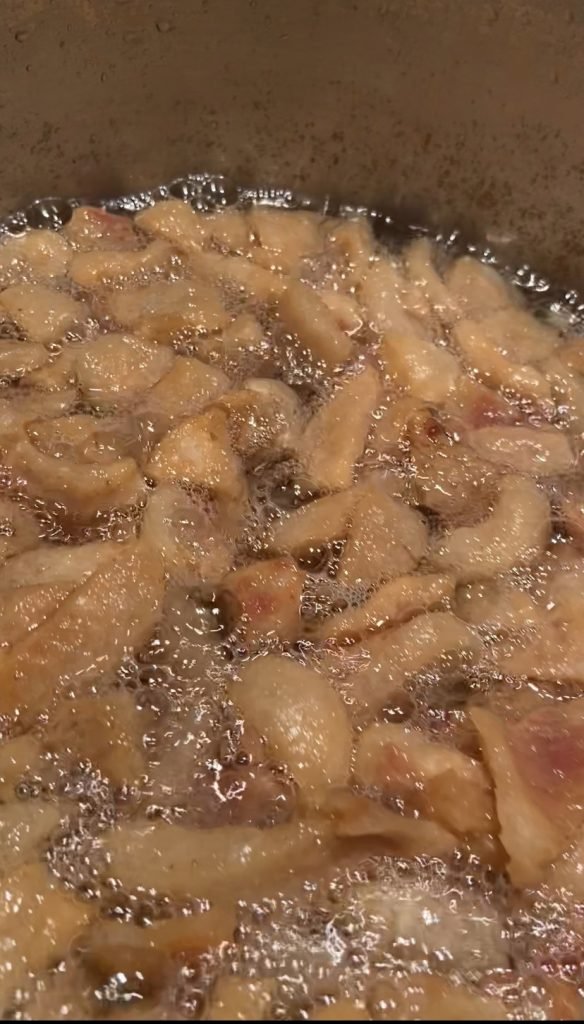
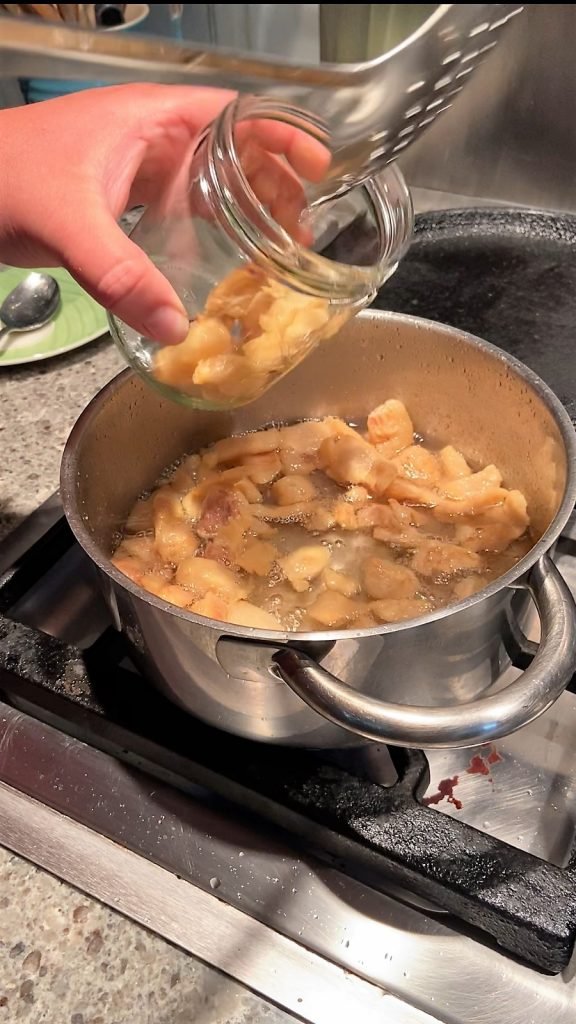
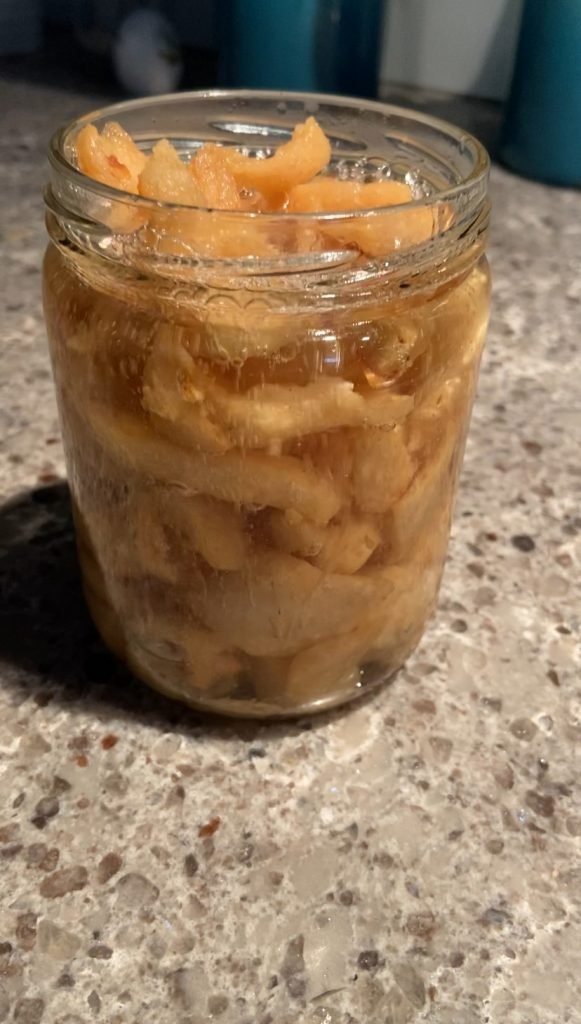

Rendering Pork Fat and Preserving Lard
Ingredients
- 2 ½ lb pork fat (1 kg )
- 1 ½ cups water or more as required
- 1 tsp salt optional, recommended if making lard cracklings
Instructions
Prepare Ingredients:
- Wash and dry pork fat slices. Remove any blood vessels and any meat you can.
- Cut pork fat into manageable pieces.
Rendering pork fat:
- To render lard start by putting the cut pork fat pieces into a large, heavy-bottomed pot. Add enough water to rise two-thirds of the way up the cut pork fat pieces
- Place the pot on the stove over low to medium heat. Allow the fat to slowly melt. Do not rush the process; low heat is key to rendering high quality lard.
- Stir the fat occasionally to ensure even melting and to prevent sticking. The fat will start to release liquid as it melts.
- Continue simmering until pork solid pieces turn white to light yellow and reduce by about ½ in size (approximately 1 ½ hours). Ensure the liquid is crystal clear, not hazy white. At this point you can scoop out the solid pork into a bowl and set it aside to make lard cracklings.
- Strain the liquid lard into a mason jar using the cheese cloth or fine mesh strainer. Make sure to place the jar on a trivet before filling it with hot lard, use non-slippery pot holders to handle it.
- Let the jar cool completely on the counter. Cover tightly and preserve in the fridge for up to one year or in the freezer for up to two years (make sure to use freezer-safe glass jars).
Making lard cracklings:
- Return reserved cooked pork fat pieces to a pot.
- Add 2 tbsp. of warm water.
- Simmer until remaining fat pieces shrivel and turn golden brown, rendering more lard. Note that the color of this second batch will not be as pure white as the lard rendered in the previous batch.
- Scoop out the cracklings into a mason jar. Pour remaining lard on top. Make sure to place the jar on a trivet before filling it with hot lard. Use non-slippery pot holders to handle it.
- Let the jar cool completely on the counter. Cover tightly and preserve in the fridge for up to one year, or in the freezer for up to two years (use freezer-safe glass jars)
Yield
Equipment to use:
- wide heavy-bottomed pot (rondeau or braiser)
- stainless steel spoon for stirring
- stainless steel slotted spoon
- stainless steel ladle
- potholders, oven mitts, trivets for hot dishes
- stainless steel fine mesh colander or strainer or cheesecloth, optional
- stainless steel funnel, optional
- Freezer safe mason jars
Frequently asked questions
Can I use any pork fat to make lard?
The best pork fat known to produce the highest quality lard is “leaf lard” from the area around the pig’s abdomen and kidneys or fatback lard from the pig’s back. Small mom-and-pop butcher shops are the places to go to if you want to find pork lard. Don’t be afraid to ask for it. As this is a by-product for most butchers, chances are, you won’t see pork fat openly on display.
What is the difference between store-bought lard and homemade lard?
For the most part, all lard that you can find at stores is hydrogenated lard. The process of hydrogenation involves heating lard and passing hydrogen gas through it. The result is more solid and stable lard. Unfortunately, the downside of this process is that the end product is not good for you.
Can I store pork lard in plastic containers?
Due to the risk of plastic packaging leaking harmful elements into fatty foods, we recommend against using plastic for storing rendered lard. Plastic leaking can occur due to various factors, such as the type of plastic used, the temperature of the food, the duration of contact, and the presence of acidic or fatty substances in the food.
Is pork lard bad for you?
Debates on rendered pork fat health benefits are still ongoing. However, a number of studies has show nthat lard has more healthy fats (60.98 to 67.52%) than unhealthy ones. The main fatty acid in lard is oleic acid (42.62%), known to improve heart health by reducing cholesterol. Another fatty acid present in lard, an alpha-linolenic acid (ALA), is also found in nuts and it is known to support heart health. The amount of ALA depends on what the pig eats.
Sources:
- https://pubmed.ncbi.nlm.nih.gov/23823911/
- https://www.webmd.com/vitamins/ai/ingredientmono-1614/oleic-acid
- https://www.webmd.com/vitamins/ai/ingredientmono-1035/alpha-linolenic-acid-ala
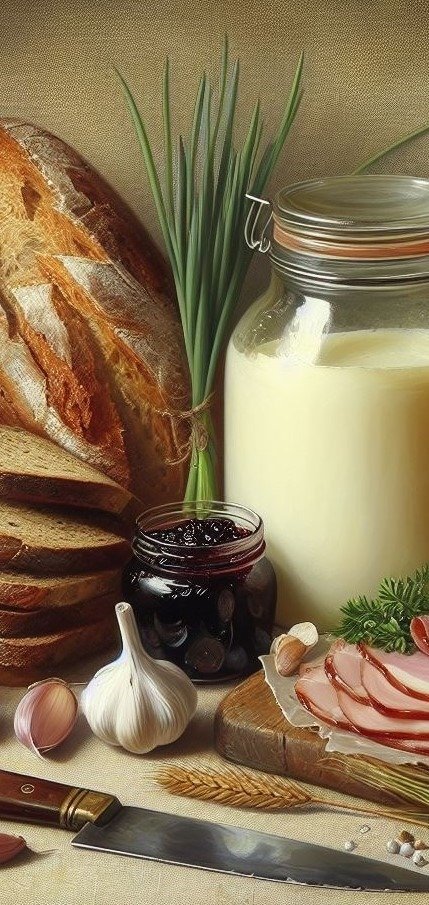
What to do with pork lard and lard cracklings:
In culinary terms, lard is categorized as a cooking fat or shortening. Lard is often used for frying, baking, and sautéing due to its high smoke point. Foods fried in lard are said to absorb less grease. Additionally, lard also has the reputation of producing ultra-flaky pastry crust. Here are several ways you can use pork lard and lard cracklings in your cooking:
- Roasting and Sautéing: Use lard for roasting vegetables or sautéing meats. It can add a rich flavor to your dishes.
- Seasoning Cast Iron Cookware: Rub a thin layer of pork lard on your cast iron cookware to season and protect it from rusting.
- Tamales and Tortillas: In Mexican cuisine, lard is traditionally used in making tamales and tortillas, adding flavor and creating a soft texture.
- Confits: Use lard to make confits, a cooking method that requires you to slowly cook meats in fat. For example, you can prepare duck or pork rillettes using lard.
- Popcorn Topping: Melt and season lard. Then drizzle it over popcorn for a savory twist.
- Lard Cracklings: After rendering lard, you can save the crispy bits left behind, known as lard cracklings, to sprinkle on salads, soups, or enjoy as a snack.
- Flavoring Beans and Greens: Add a spoonful of lard cracklings to beans or greens for added richness and flavor.
- Homemade Sausages: Incorporate lard cracklings into your homemade sausage recipes for extra flavor.
Related recipes:
Classic French Pork Confit Spread (Rillettes de Porc)
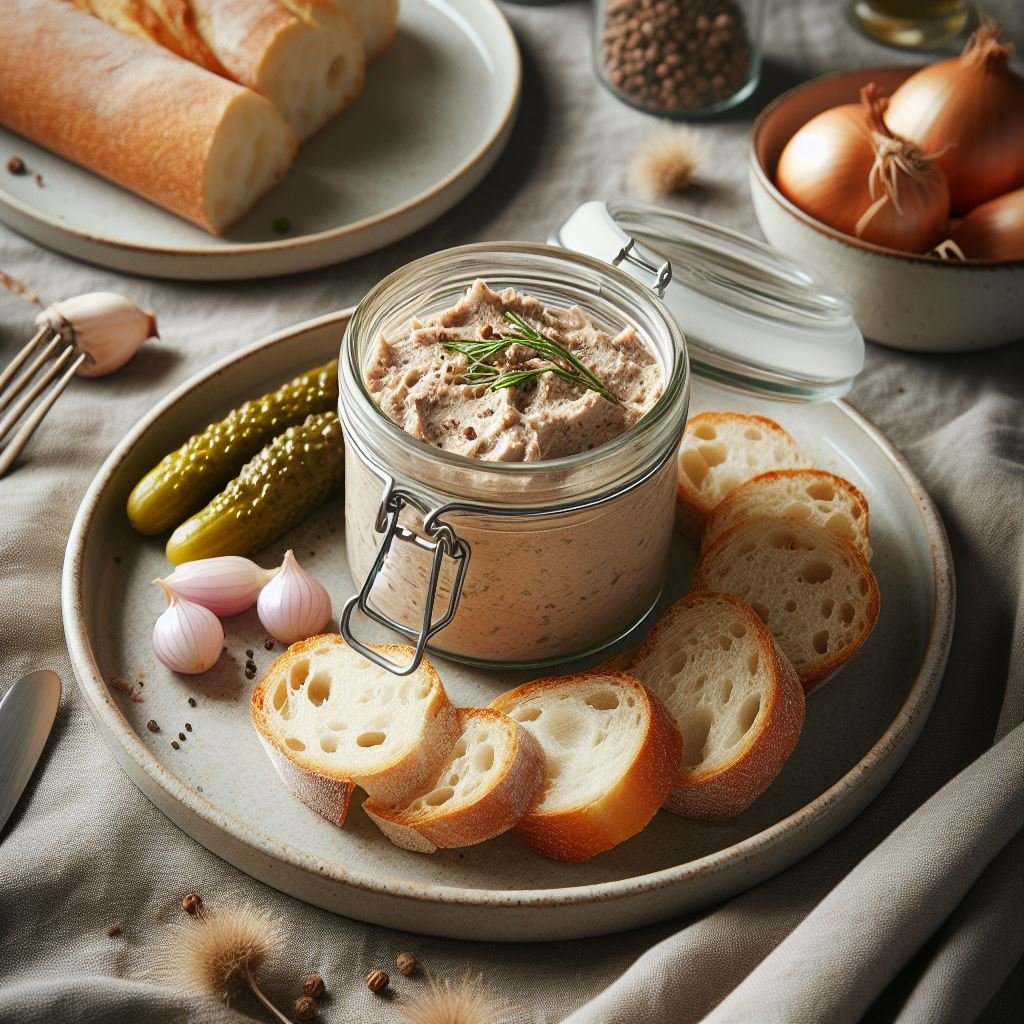

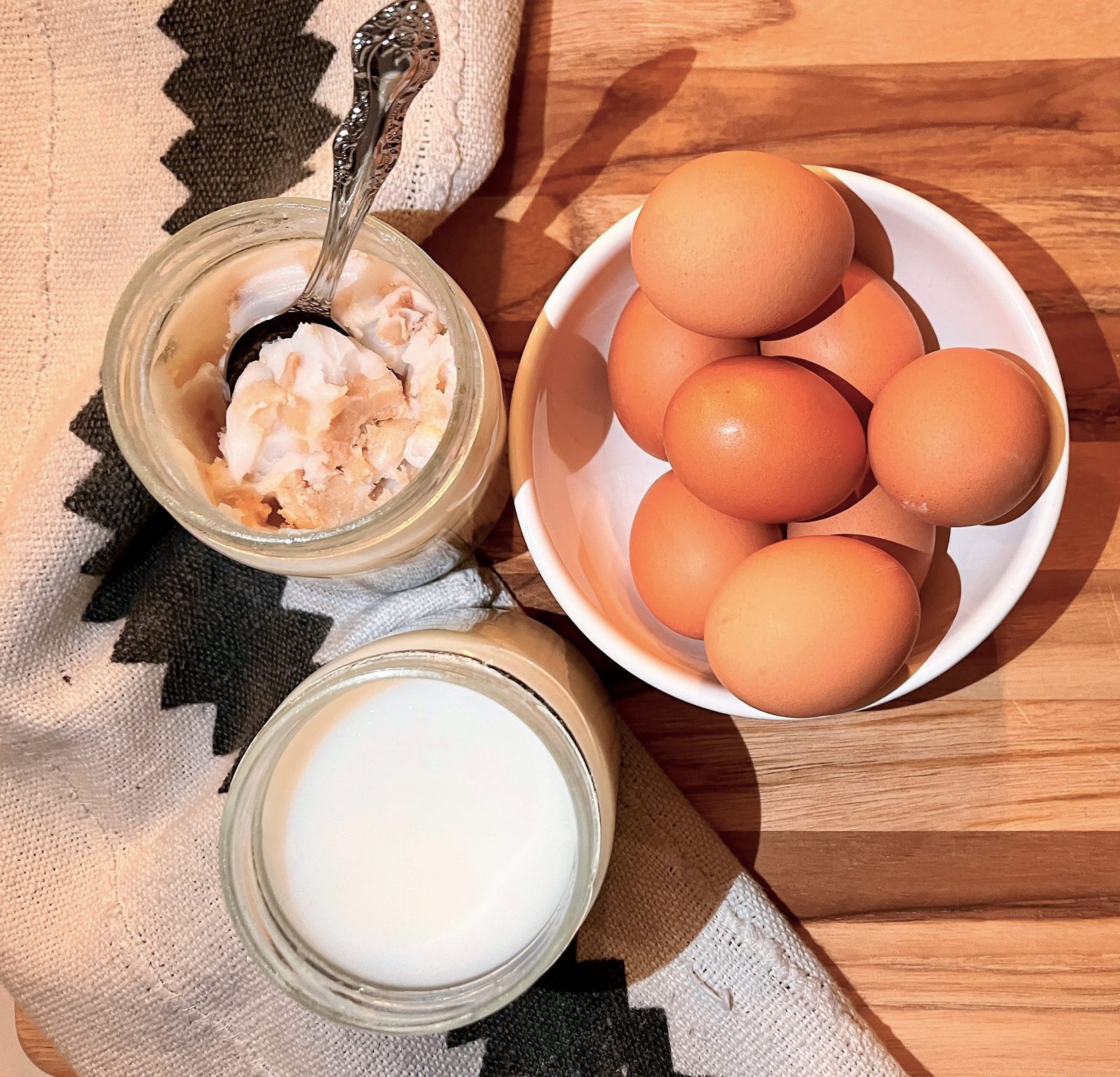


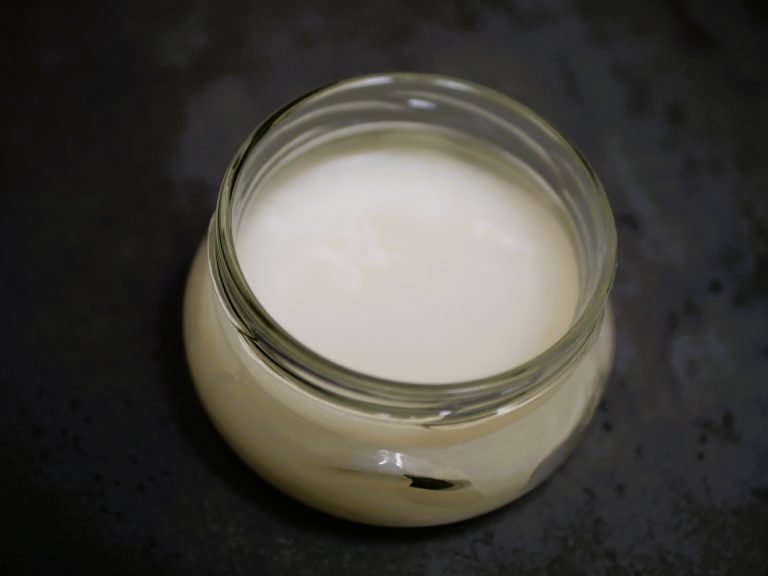
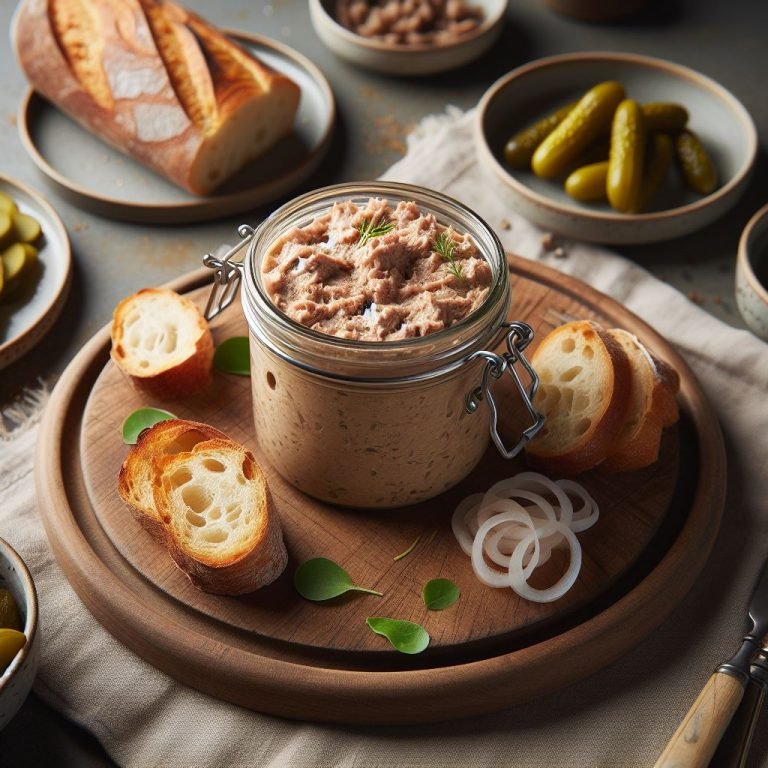
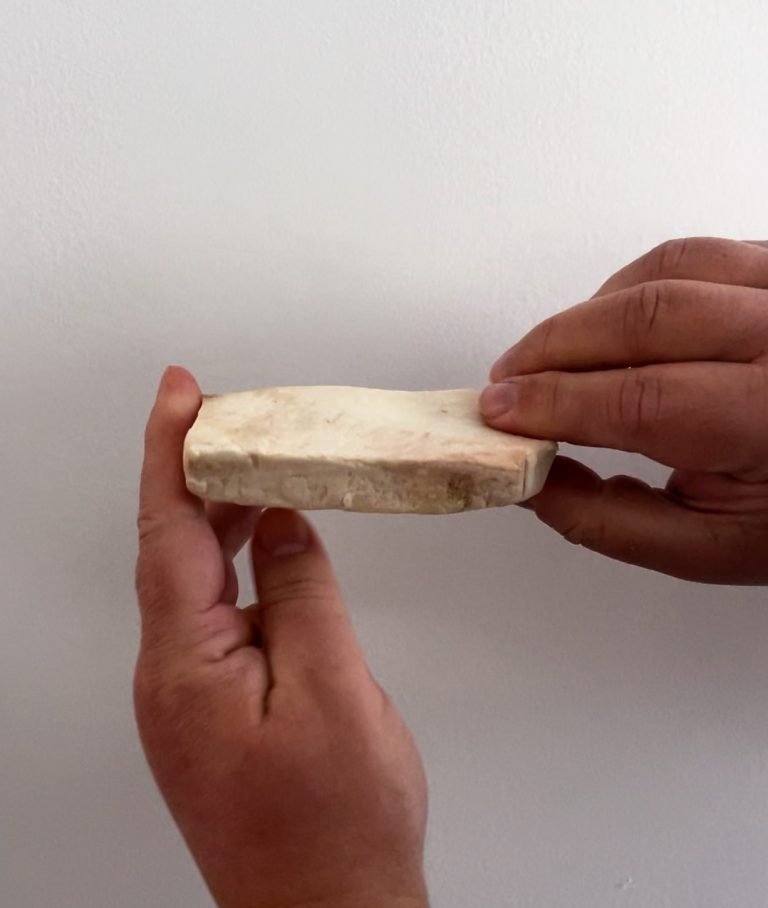
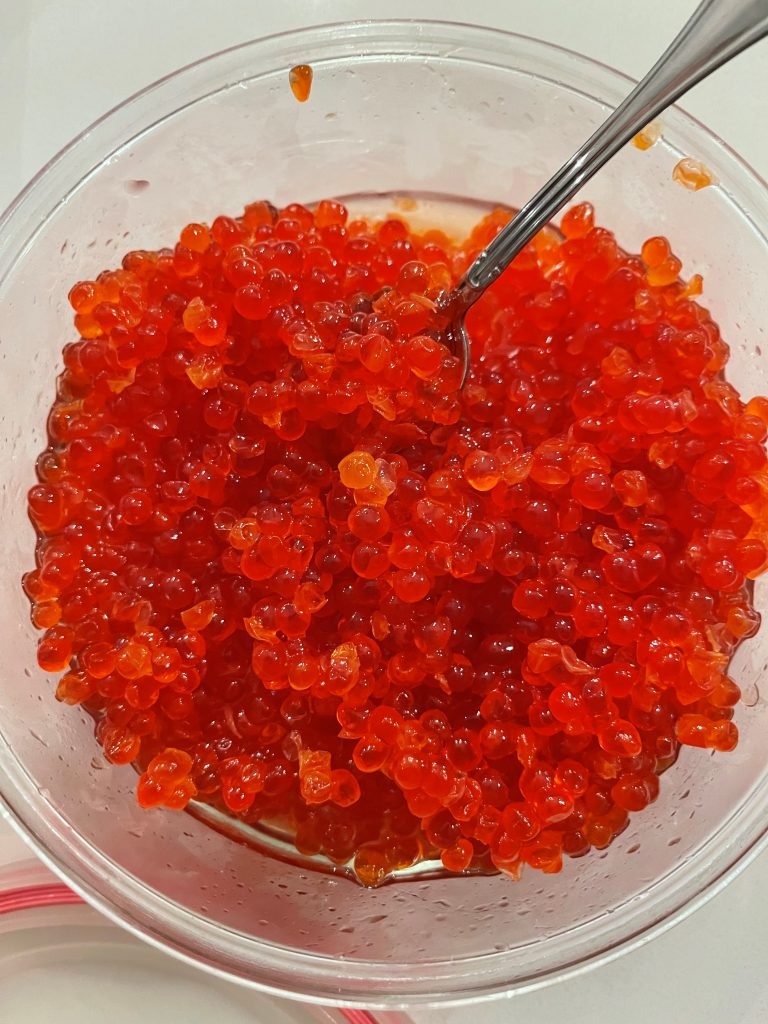
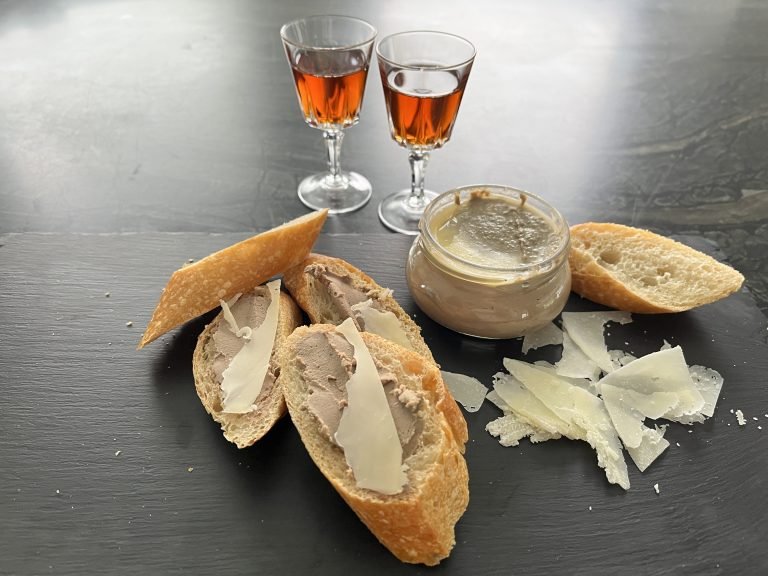
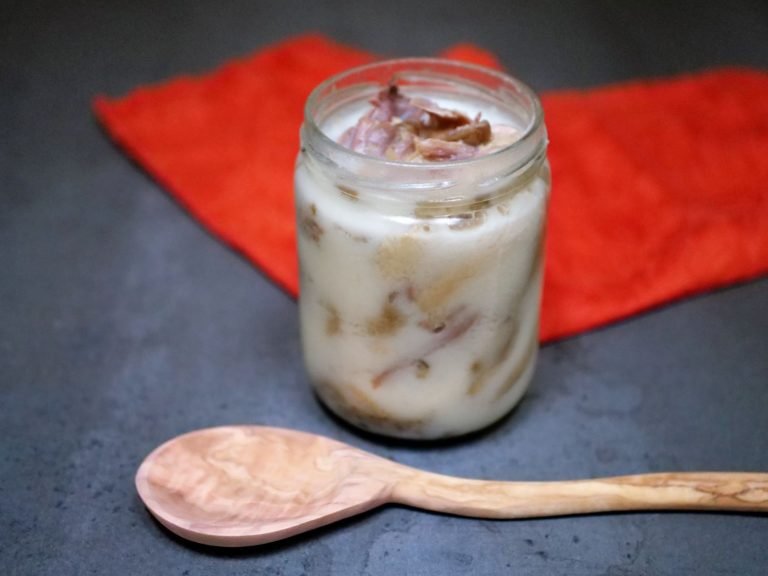
Leave a Reply